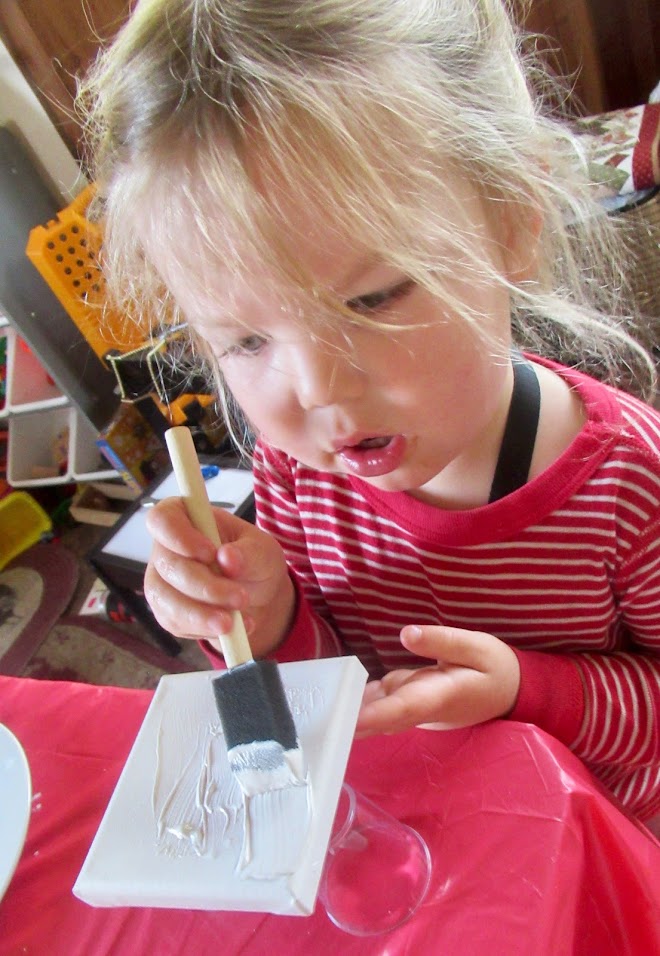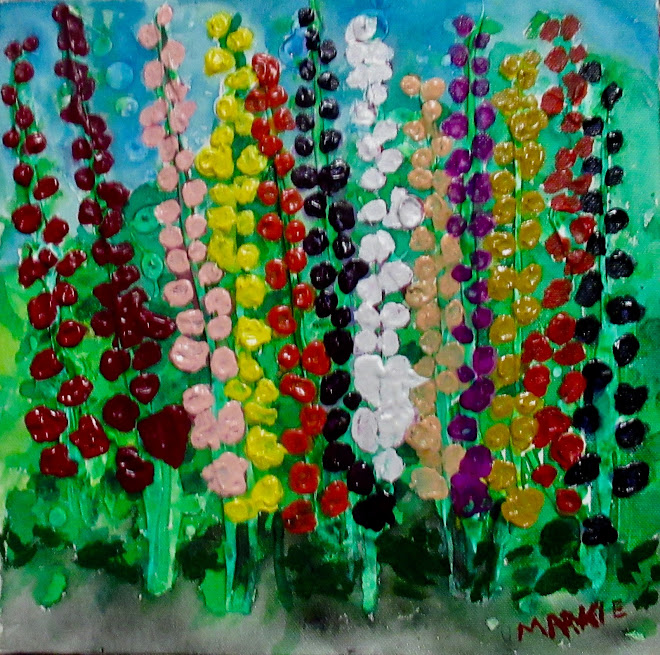No, the tomatoes are not talking; I am talking tomatoes because it’s April and the topic of tomatoes permeates my existence. I have “grown my own” since 1974, so this is nothing new. What is different now than in the past, is that no matter how many I grow, HeadSodBuster can sell them.
 |
| Perfection |
In the past I sent x number of lugs to market and whatever did not sell, came back to me for processing. Last summer was different in that everything I sent to market got sold, due to the expansion of our CSA (Community Sponsored Agriculture) program.
As recently as three summers ago, the extent of my tomato-growing in the orchard consisted of thirty-nine plants, with another fifty or so in my backyard. Two summers ago I expanded the number of plants in the orchard to about 120, and experienced some intense lows and highs.
Critters extracted a heavy toll on my crop, with gophers leading the charge. Mice, voles, birds and ground squirrels all ponied up to the trough for their share, making me glad that I had put so many plants in the ground. I lost ten percent of my tomatoes right off the top to gophers. The five traps I employed all summer, might as well have been trapping elephants, for all of their success.
The highs included a fair amount going to market while what remained came back to me for processing. I put up cold-pack quarts of just tomatoes, along with jars of marinara sauce, catsup, pizza sauce, salsa, hot sauce and paste.
Last summer I added ten-fifteen feet to each of the eight rows in the orchard, and I put in about 160 tomato plants, after being told that if I grew them, HeadSodBuster could sell them. And sell them he did. I invested thirty dollars in an electronic device which emitted a sharp beeping sound every thirty seconds, and cut my gopher losses in half.
When the dust had settled and we saw what had occurred, HSBuster informed me that he had sold a total of 1,500 pounds of my tomatoes at market.
 |
| Aesthetically pleasing but sunflowers are crashing the party. |
I learned some key lessons last summer, the first of which is to provide a cathedral of their own for the sunflowers. I was lulled by the magic of all that is sunflowers, even though I knew from personal experience, that having a sunflower in the same 33-gallon bag with a tomato plant, squeezed the life out of the tomato plant.
Therefore, as photogenic as last summer’s mini-invasion of colossal sunflowers was, it stunted the growth of tomatoes in the whole area. I did take countless photos of bees and sunflowers, mixed with tomatoes, dragonflies, butterflies and birds but ultimately, the sunflowers were a detriment to forward progress.
I can solve that problem this summer by giving the sunflowers their own space outside the tomato beds, and then transplanting the volunteers that will inevitably spring up, to their new home. I have this idea of planting sunflowers in a big enough circle, so that I can put a lawn chair in the center when it gets hot, and rest in the center of all that beauty, but we’ll see how far I get with that.
The second lesson I learned was that it was well-worth caging every single one of those 160 plants. Unlike my first experience with cherry tomatoes, two summers ago, when they were allowed to sprawl out in every direction, I put them all in cages last summer. The result was quite satisfactory, in that there was more fruit, and I no longer had to crawl along on the ground to harvest it. In some cases I was reaching well over my head.
Last summer I put one application of fish emulsion on the plants early on, and they responded accordingly. Lugging five gallon buckets of diluted fish emulsion to 160 plants, proved logistically challenging, however, and downright hard work, dampening my enthusiasm for continuing the program. Though I had the best of intentions, that was the only time I supplemented my tomatoes with anything all season.
Consequently, as the summer progressed into autumn, though the tomatoes continued to produce fruit well into November, the size and overall quality declined steadily. The Heinz tomatoes being harvested at the end of the season resembled cherry tomatoes in size. Therefore, I need to continue to supplement my plants this summer with fish emulsion, kelp and whatever other organic components that HeadSodBuster directs me to apply, for overall quality control.
Finally, I need to sort through my harvest each week, and cull out the bottom ten percent or so each market day, and set it aside. That way I can go back to processing all of those after-market items I did the summer before last, when I was getting a certain percentage of the tomatoes back each week after market.
In March this year, between gaps in the steady rainfall, I extended each of six tomato rows an additional fifteen to twenty feet, giving me an average of about 75 feet per row. I do not intend to add more tomato plants to the orchard, just more elbow space for each plant. My goal is to improve the quality of what I have, not the quantity, through a few of these logistical adjustments.
I am beyond thrilled to be able to establish my own niche here on-farm, one that I can call my own. I am also stoked to be able to do it on my own. I can do it by myself, at least until it comes time for harvest.
Can you say “sun-golds gone wild?” I know you can-try it.

















No comments:
Post a Comment